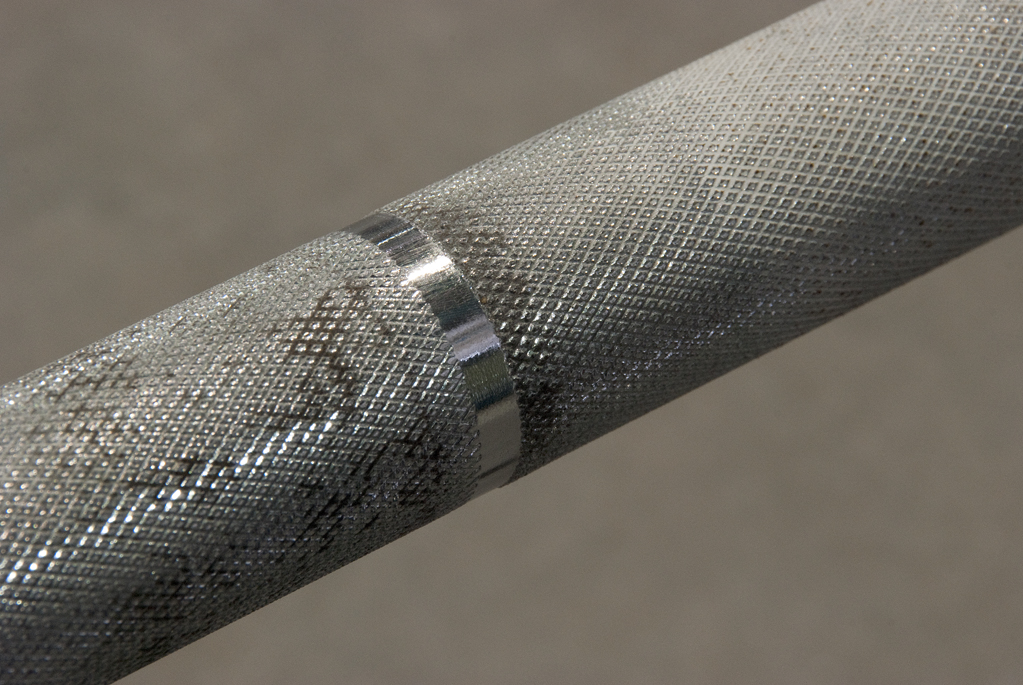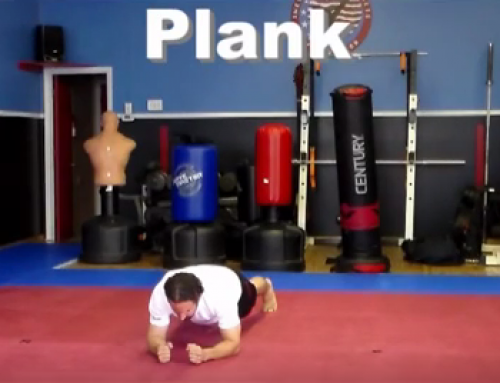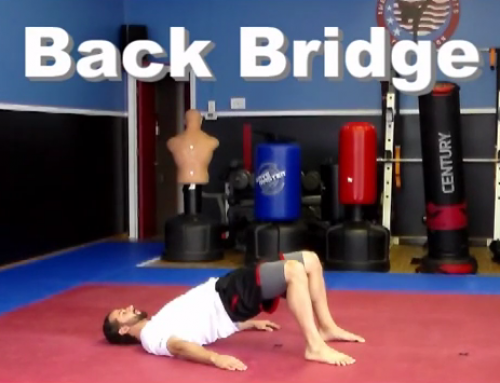To keep with the subject of the previous article for this month about New Year’s resolutions, let’s talk about the number one resolution across the country, getting into better shape. Specifically, we’re going to talk about the gym. If you haven’t already done so, read my previous newsletters on fitness as I won’t be doubling up on the information. Note that not all of these articles are posted on the website, so sign up for the newsletter! If need be, contact me for old newsletters.
What are you looking to improve? Weight loss? Increased Strength and Mass? Increased Endurance?
I’ll break down some basics for each of these as well as some pros and cons to get you started.
Losing excess body fat:
Any proper exercise routine will help drop the excess weight. However, one must also adjust their entire lifestyle to make the weight loss sustainable. Don’t fall for the “lose a ton of weight by taking this pill and making no other changes” diet plan. They’re horribly unhealthy, never last and can often times lead to additional weight gain. Schedule your daily routine to accommodate enough time for exercise and proper planning/preparing of healthy meals. Treat exercise and diet the same way you treat work, school, or breathing. It’s not an option, it’s mandatory.
Pros: Studies have shown dramatic health improvements that correspond with weight loss. Everything from lowering your risk of heart disease, diabetes and illness to relieving joint pain and increasing organ functions.
Cons: Not being able to use your stomach as a table top for your beer.
Increasing Strength and Mass:
There are many ways to go when it comes to gaining strength and muscle mass. Note that gaining strength/power doesn’t necessarily mean gaining muscle mass, though they tend to get lumped together. I couldn’t possibly go into depth one any specifics due to the fact that there are so many variations and so many different types of results that people are looking to get. Generally speaking, for those looking to building power and strength for specific functions, such as football, would potentially follow a weight lifting program involving compound lifts such as Bench Press, Deadlifts, Squats and Hang Cleans. Repetition counts may range from 1 to 10, focusing on heavy lifts and lower reps. Others looking to gain mass for looks, such as a body builder, may follow a plan that splits muscle groups so that more time can be spent focusing on one or two muscle groups at a time. This allows one to work out nearly every day and still allow rest for one muscle group while training another. Those looking for hypertrophy (muscle mass), may tend to focus on varied rep counts with slightly lighter weights to focus on technique to fatigue the muscle correctly. These types of workouts are generally done 4 or 5 times a week. If you’re interested in building strength, gaining mass, or both, here are some keywords to look up while researching the right exercise program for you: 5×5, 10×10, hypertrophy training, pyramids, bigger stronger faster and super sets.
Pros: Increased muscle mass can boost your metabolism and burn more calories. Increased strength can help in all aspects of life, including ease of physical daily work, fewer injuries, improved athletic performance and increased potential in impressing others while at the beach.
Cons: Improper lifting can lead to serious injuries. Professional help is highly suggested to avoid this issue that plagues many. Some make the false assumption that they are in great shape since they go to the gym regularly and have increased muscle mass. This can lead to bad habits outside of the gym such as over consumption of bad food and drinks. Too much time in the gym may potentially lead to extended periods of time staring into mirrors and general “meat-headedness”.
Increased Endurance:
When speaking of endurance, there are two areas to think about; cardiovascular endurance and muscular endurance. Essentially these two go hand in hand. High muscle endurance is needed to keep the body moving to create cardio endurance and vice versa. For cardio, one can train in intervals or in one long, uninterrupted exercise. Generally speaking, interval training is the way to go unless you are specifically in need of extended periods of high intensity physical demands such as distance running competitions. If you’re just looking to strengthen your cardiovascular, then it’s probably best to stick with intervals as it is known to get better results and is usually safer and easier on the joints. Another suggestion is to vary your cardio to different forms such as running, cycling, swimming, etc. As for muscular endurance, much like increasing strength, there are a million different ways to go about it. Most high endurance workouts involve high reps, light weights (if any at all), and short rest periods. High intensity workouts, or metabolic conditioning programs, are known for burning a high amount of calories during a session (some as high as 800 calories an hour or more!). Some keywords to look up when finding a proper workout for yourself are: Circuit training, metacon, HIIT and Tabatas
Pros: Combines great weight loss, improved cardio endurance and increased strength in one workout. Most of these styles of workouts tend to be “unconventional” compared to your typical bench press and squatting exercises which can create more interest in doing the workouts.
Cons: Being high intensity, it’s not for everyone. Those with heart issues, joint problems or other health issues are suggested to avoid these types of exercises. Most of these exercises are full body in nature and therefore technique is imperative to avoid injury, however, these styles of exercise tend to be done in group classes, which mean less one on one time learning from a professional to correct technique. Extended periods of long distance running can have negative effects on joints over time, especially if done with improper technique. Another possible downside is potentially being hated by friends who are jealous of your new, amazing body.
Lastly, don’t forget to set realistic goals. I’ve mentioned in past articles that one pound of fat equals 3500 calories. So to burn one pound of fat a week, one would have to cut or burn 500 calories a day. So expecting more than 2 pounds of fat loss in a week is unreasonable. That’s not to say you can’t lose more than 2 pounds a week, you can, it’s just not likely to be pure fat. Mind you there are quick ways to drop 5 or more pounds of water weight in just one day. On the other end of the spectrum, gaining weight, specifically gaining muscle is quite different. While creating a 3500 calorie deficit will lead to a pound of weight loss, adding 3500 calories doesn’t equate to building a pound of muscle. It’s much more complicated when it comes to building lean mass. There really isn’t a set amount as there are so many variables. As a ball park figure, I would say about a pound a month if everything is done correctly (no steroids!).
And don’t forget, though I may be biased, I find it incredibly important to seek out professional help if you haven’t before. I can’t tell you how many people I see in the gym making horrible mistakes and not knowing it. Improper technique and poorly planned workouts lead to injuries, illness and potentially even moving them farther away from their actual goals rather than closer. Remember there are a million different ways to get to your results, so don’t be afraid to ask questions before hiring a professional to find out what their specialties are.
Whatever you decide to do, have fun with it! I wish you luck on your new journey!







Leave A Comment